There are no products in your shopping cart yet.
Polarization filter
Especially for landscape photography there is a great filter, the polarization filter. The Circular polarization filter, as this widely used filter is actually officially called, or simply called CPL. As a photographer it is important to have the right tools, to capture the perfect picture and one of the most essential tools, you must have in your photography arsenal is a Kase CPL filter. This is also the reason why the CPL filter is already included in all Kase kits, it just belongs to your standard equipment.
A CPL filter is a filter that can reduce light reflections from surfaces such as water, glass, metals, but also plants. This ensures better color reproduction and higher contrast in your photos.

How does a polarization filter work?
What a CPL filter does is selectively filter light, it only allows light in one direction of light; it functions as a kind of slat blinds. Scattered light (or ‘ unpolarized light ’) is stopped and only polarized light is passed through to the sensor.
The polarization filter is rotatable, so you can determine which direction of the light you are holding back and what you are passing through. In this way you remove the annoying light reflexions of specular surfaces.

The Kase CPL filter is a great choice for any photographer looking for high quality. It is made of high-quality glass and the Kase CPL filter also has a special coating that ensures neutral color reproduction, water-repellent, dirt and oil repellent, scratch resistant and shock resistance.
Another advantage of the Kase CPL filter is that it is easy to use.
With the square filters, the holder in which the CPL filter is placed has a very handy wheel with which you can adjust the amount of polarization by turning, depending on the circumstances and the effect you want to achieve. This means that you have full control over the polarization, resulting in photos with more depth and details.
It is no problem at all with the round magnetic filters, because you can rotate them with your fingers when they are placed on the adapter ring.
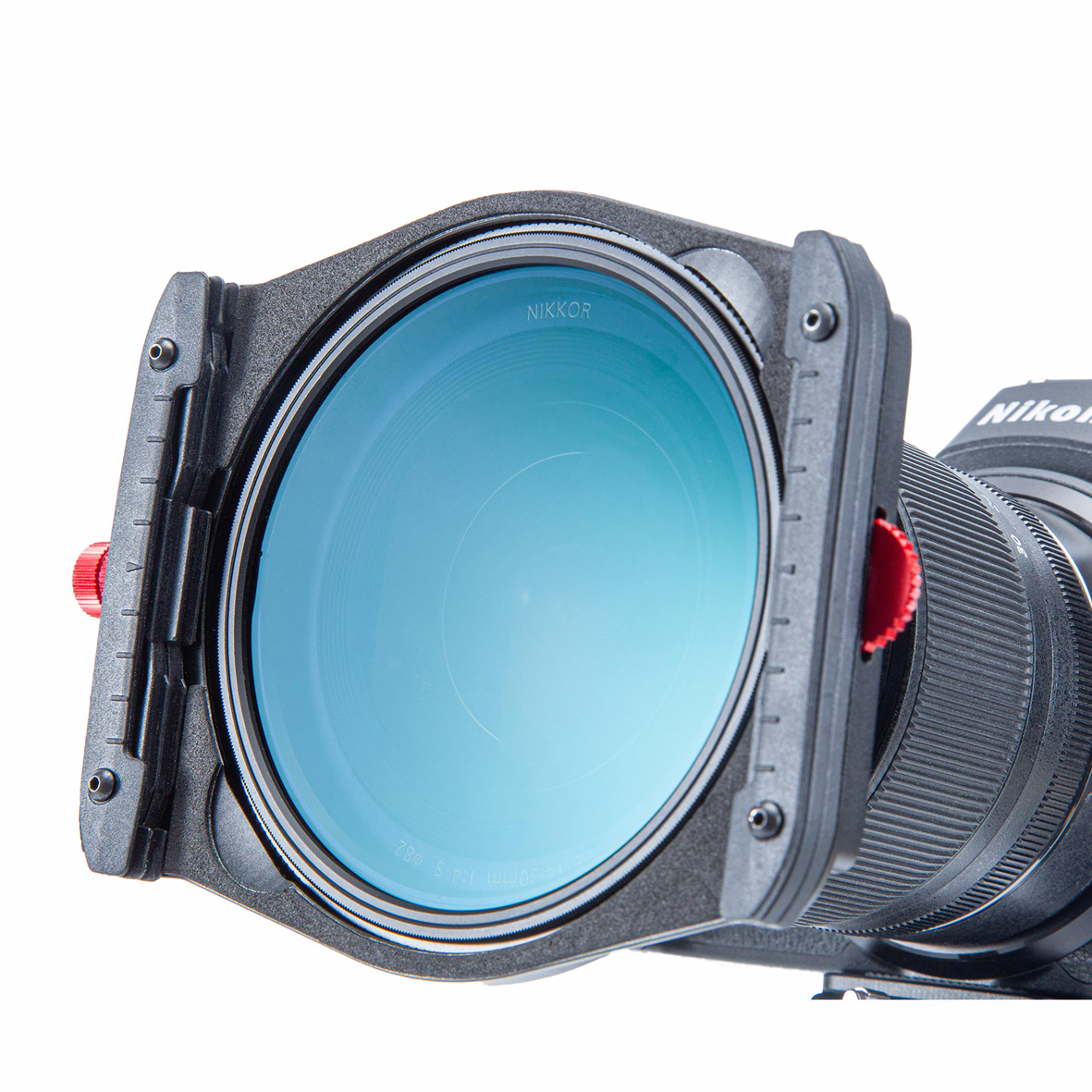
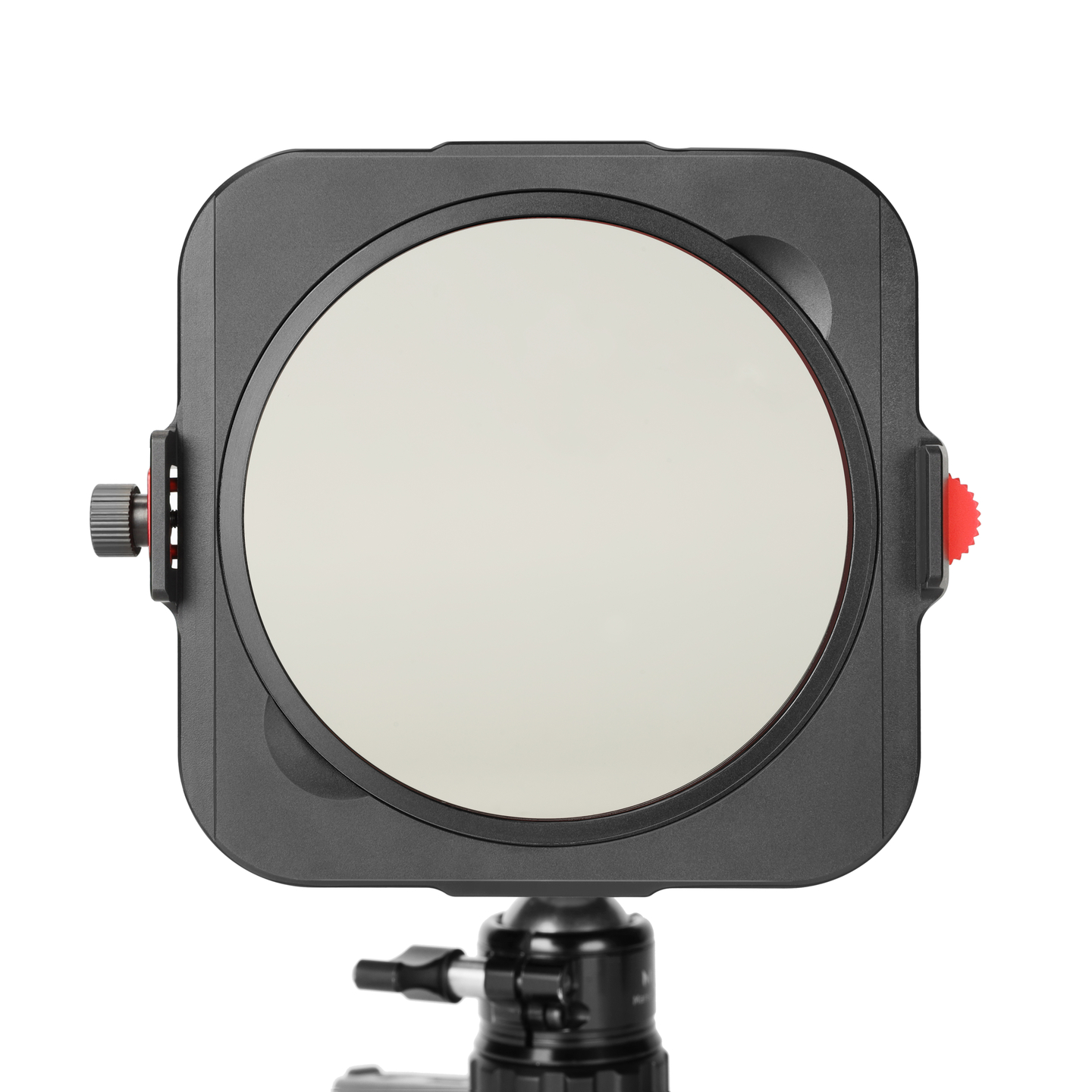
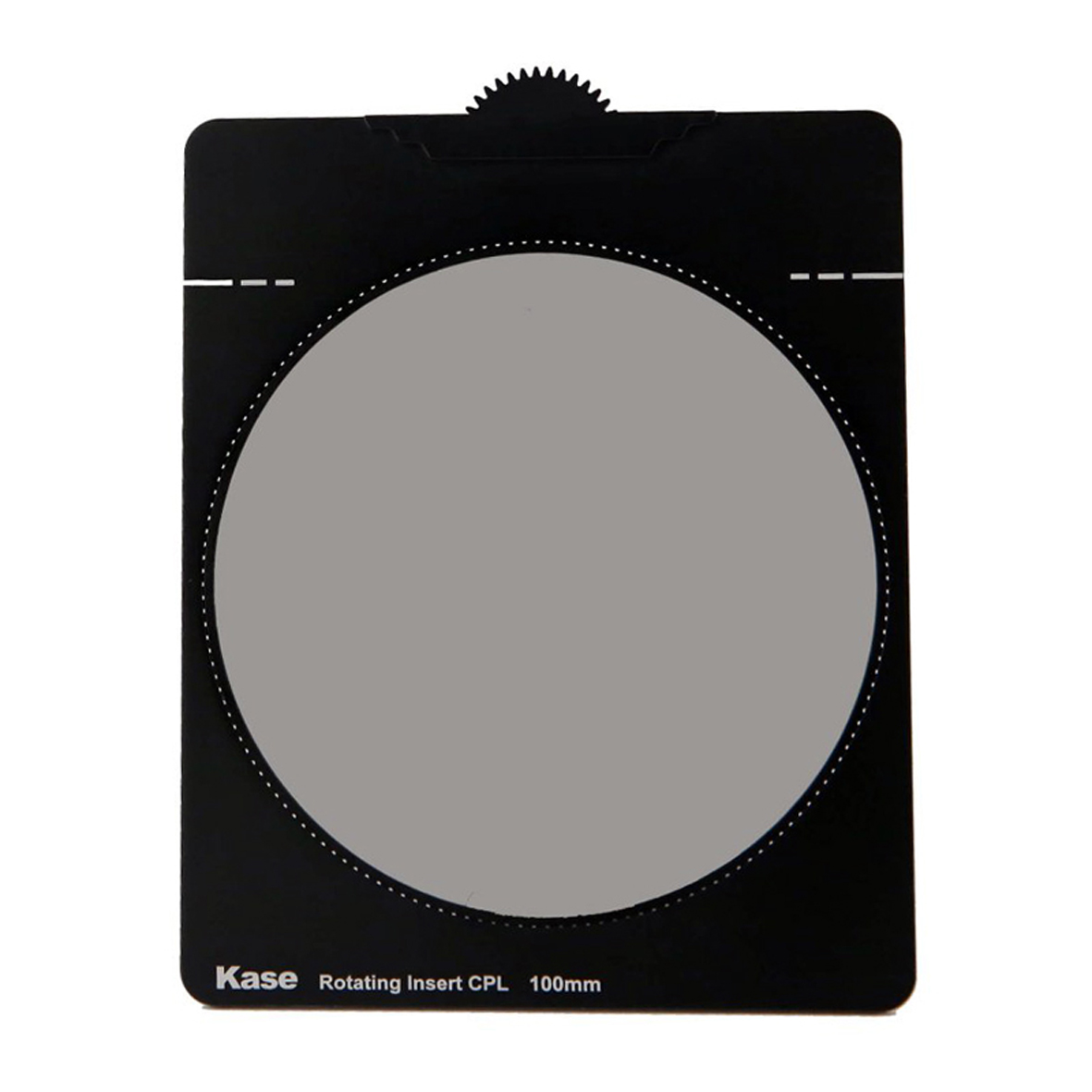

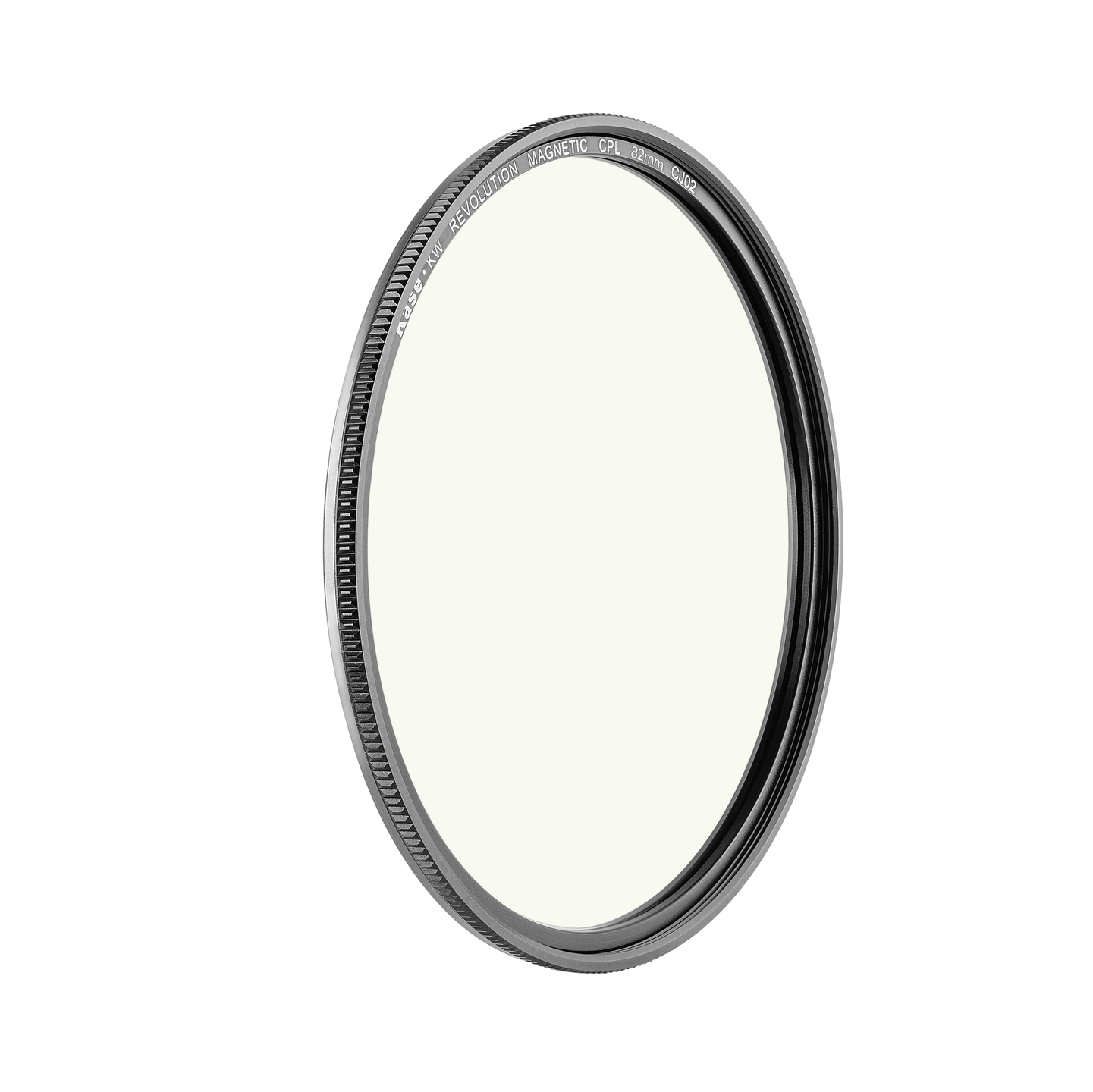
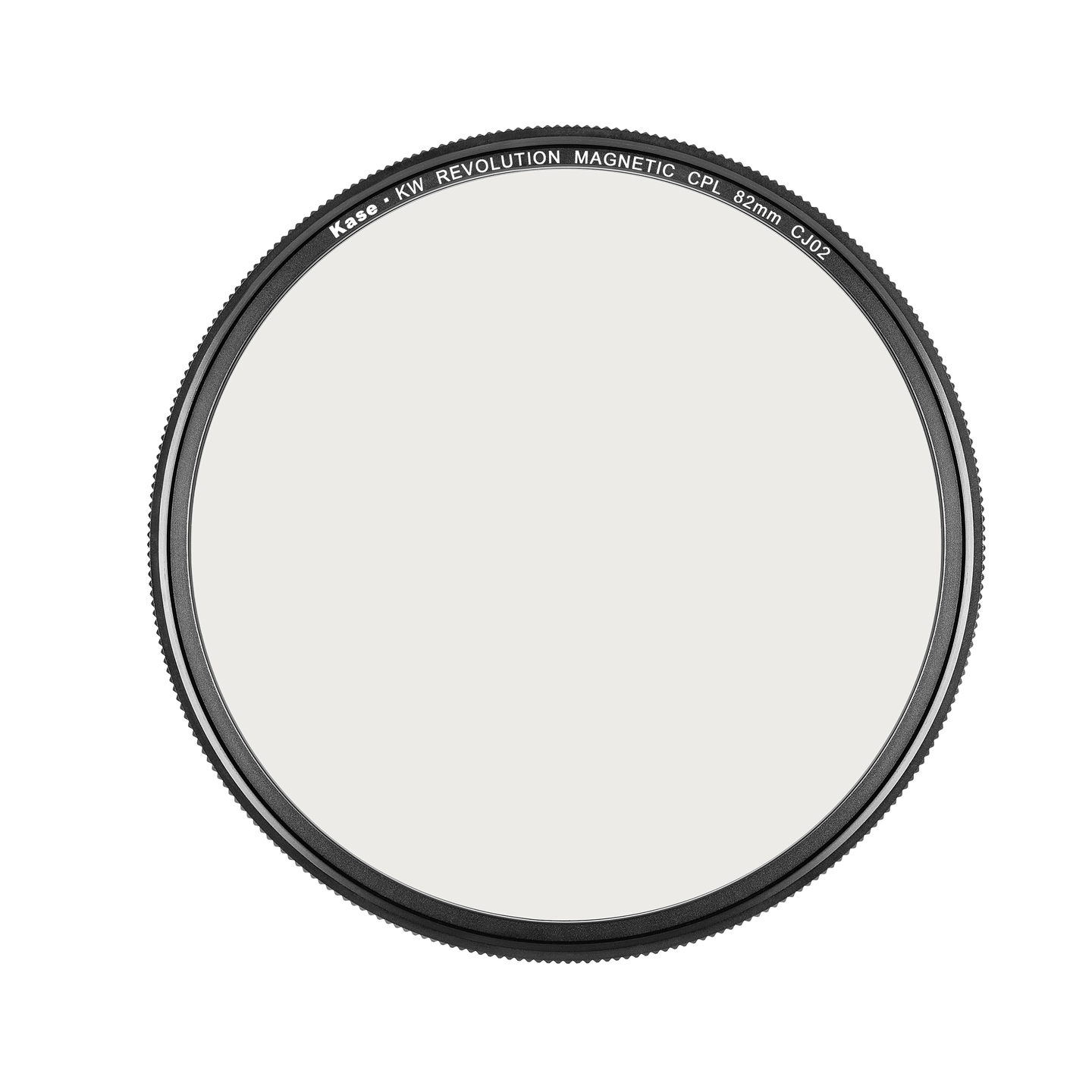
A blue sky is also unpolarized light. You can also filter it with the polarization filter so that the blue sky becomes dark blue deep. However, nothing happens to the white clouds, but the contrast between blue and cloud becomes stronger, a typical Dutch cloudy sky.
However, the effect on the blue sky is not always the same, sometimes it works perfectly and other times it does not. A polarization filter works best if you don't photograph towards the sun. Look where the sun is and stand at least a quarter turn relative to the sun. You achieve the maximum effect when you photograph 90o with respect to the sun, with the sun the effect is moderate, against the sun you have hardly any effect.


For example, a 16mm or less on fullframe or 12mm or less on an APS-C or crop camera, the polarization effect can vary greatly within the photo.
You will then see a dark spot in the air, where the effect is strongest, at 90 ° relative to the sun. This effect depends on the sun position and humidity and will not always be so visible. If you see such a dark spot, you better not use the CPL filter.
The effect of the polarization filter on water surfaces
Direct light from the sun is polarized and virtually nothing happens to it. But when that sunlight is reflected through a surface of the water, it is scattered through the water and is not passed through the filter. However, the light that has passed through the water surface and returns from the bottom is still polarized and will be let through.
What you see then is suddenly not the reflection in the water, but you can now look through the water surface at the bottom.
The maximum effect for water surfaces is achieved with an angle of the camera to the water surface of 45o. At wide angle, the angle of view is so large that you only have to deal with an angle of 45o in a limited part of your photo. When the angle becomes larger or smaller, you slowly see the reflection return in those places.
Not only water gives reflection, but also the plants and leaves, by using a CPL in the forest you filter out the reflection and you get to see the real color of the leaves, which can also be used in an autumn forest. Instead of seeing the grayish light reflection of the layer of fat or dew, you suddenly look through the layer and see the deeply dark colors of the autumn leaves.
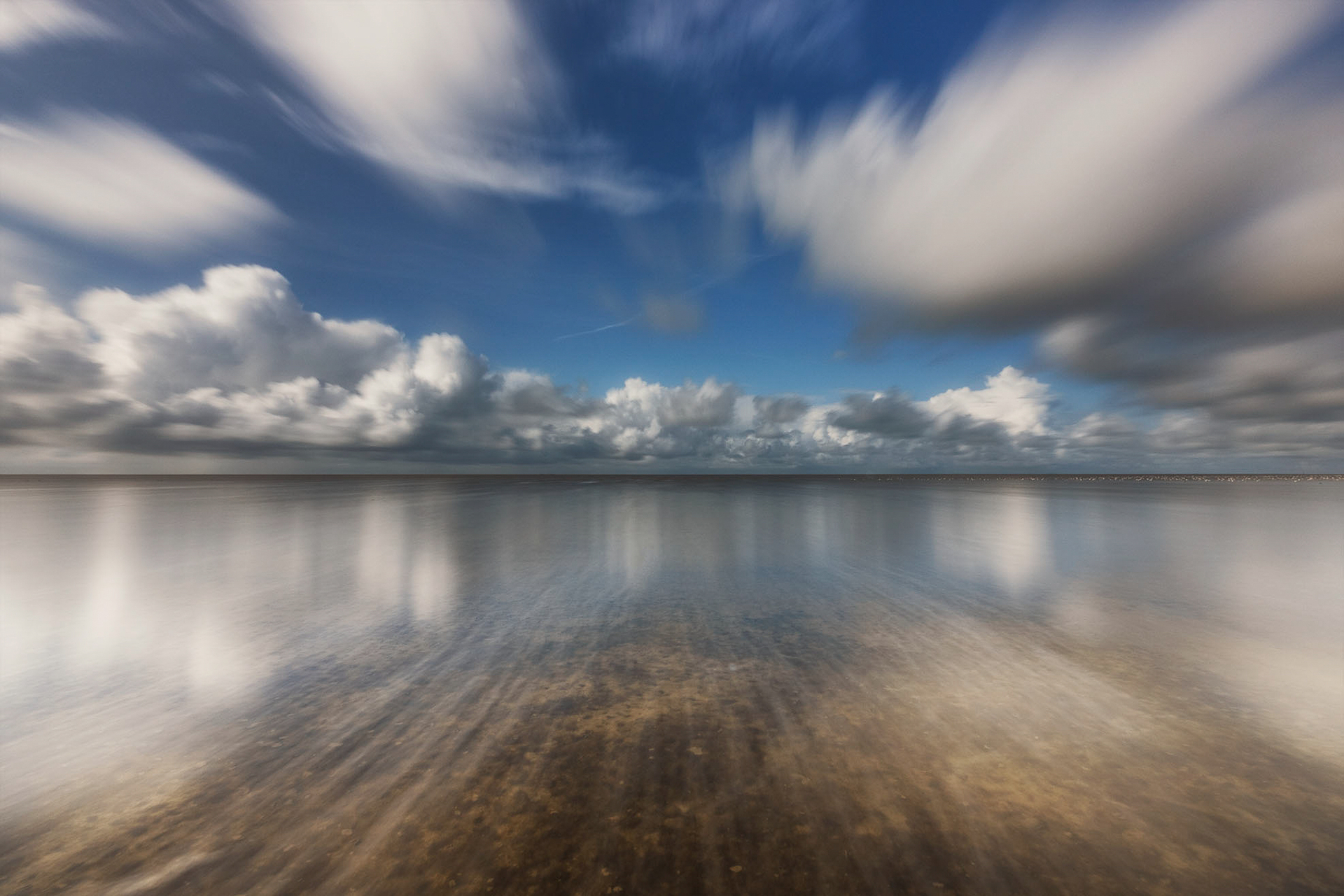
So now always a polarization filter on your camera lens?
No definitely not!
A CPL filter has some great features that you can use in photography. But there are plenty of times to think that you don't want these effects, think of breathtaking reflections in the water. It is therefore important to have this filter as an extra tool in your camera bag. Sometimes you need it, other moments don't.
But it would be a shame that you don't have it in your bag when you actually want to use it. Therefore our advice: always bring a polarization filter!
A Rainbow: no CPL filter!
If you have a beautiful rainbow ... take your CPL off your lens as soon as possible. The light from the rainbow is polarized light and you filter out exactly the whole rainbow. And that is exactly what you as a nature photographer do not want…
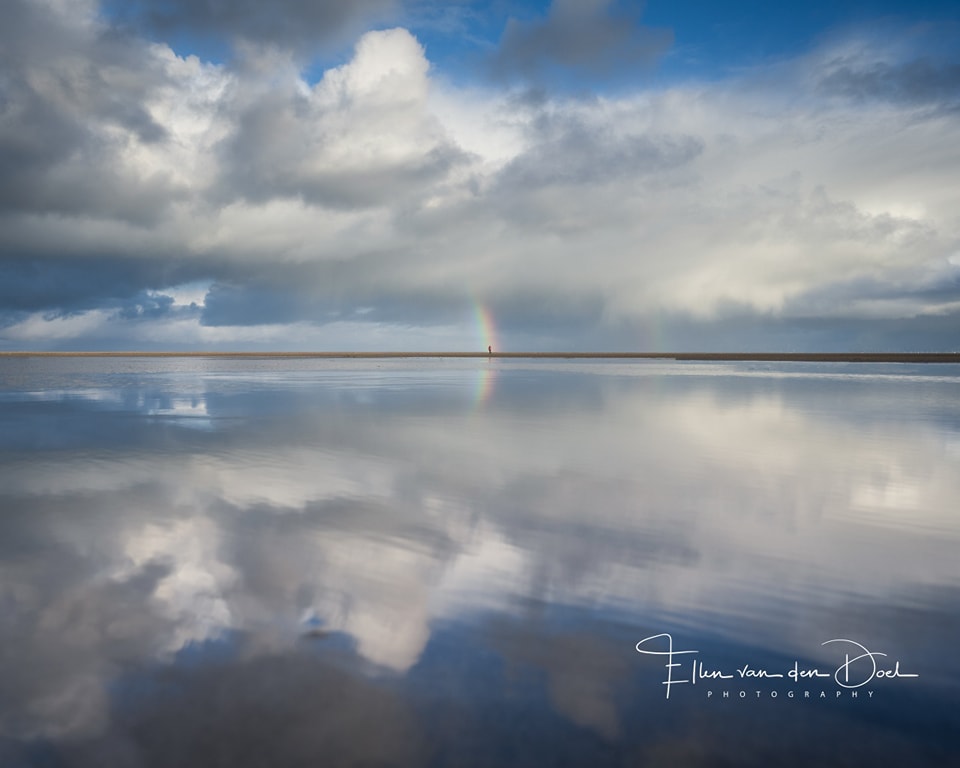
Whether you are a landscape photographer, a portrait photographer, or a travel photographer, the Kase CPL filter is a great asset to your photography equipment. It offers many benefits that help you capture the perfect picture and take your photography to the next level.
We wish you a lot of photography fun.
No comments found.
